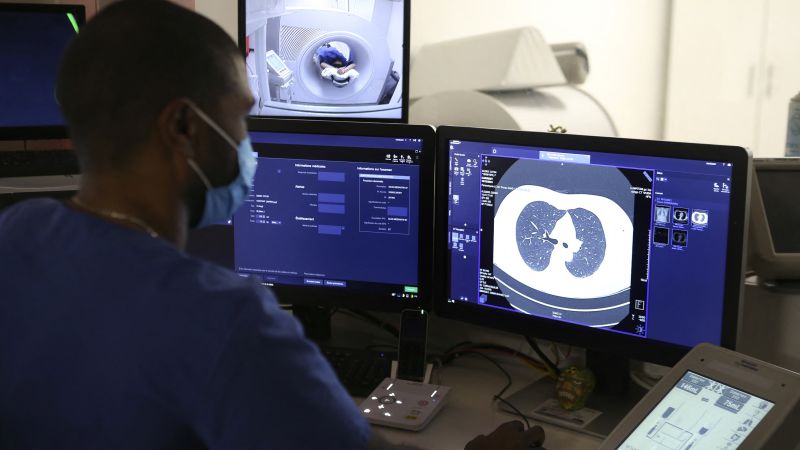According to a new report from the American Lung Association, there has been a 22% increase in the five-year survival rate for lungs cancer in the US over the past five years. However, experts are warning that the number of people being tested for lung cancer is still insufficient. The report also reveals that Black and Latino lung cancer patients are less likely to survive five years compared to White patients. While Asians and Pacific Islanders are less likely to be diagnosed early, they are more likely to get surgical treatment and survive five years compared to their White counterparts.
Statistics from the US Centers for Disease Control and Prevention show that lung cancer remains the leading cause of cancer death in the country. Although recent advancements in targeted therapy and immunotherapy have emerged, early screening is still considered essential for increasing survival rates. Early detection is crucial, as research indicates a nearly 60% five-year survival rate when lung cancer is diagnosed early, as opposed to only a 7% survival rate with late detection.
Despite these statistics, only about 4.5% of people at high risk of lung cancer get screened for it, suggesting that there is significant room for improvement. However, the American Cancer Society has now recommended that anyone between the ages of 50 and 80 who currently smoke or have a smoking history (no matter how long ago) should get checked for lung cancer.
Lung cancer specialists are optimistic that with the updated guidelines, more people who need to be screened will be tested. Despite the confusion surrounding screening guidelines, the American Lung Association’s combined new report says that with the use of guidelines, lung cancer screening can add 80,000 years of life for the US population and save the economy $40 million. The report projects that if everyone who was eligible for screening did so, it would add 500,000 years of life while saving the nation $500 million.
In terms of prevention, the report emphasizes the importance of tobacco cessation and screening access for high-risk individuals. The second leading cause of lung cancer is exposure to radon, a radioactive gas that can be mitigated with proper testing and reduction systems. Additionally, minimizing exposure to particle pollution is another way to reduce the risk of lung cancer. Public health entities have recommended the use of air filtration systems and proper building ventilation to protect against these dangers.


